Reduce marketing costs by up to 70%
QSR Magazine found that implementing digital menu boards significantly reduced marketing costs and brought sales up in the stores using them.
Replacing printed menu boards with digital menu boards reduces the need for frequent printing and installing, as well as allowing for dynamic content changes.



















